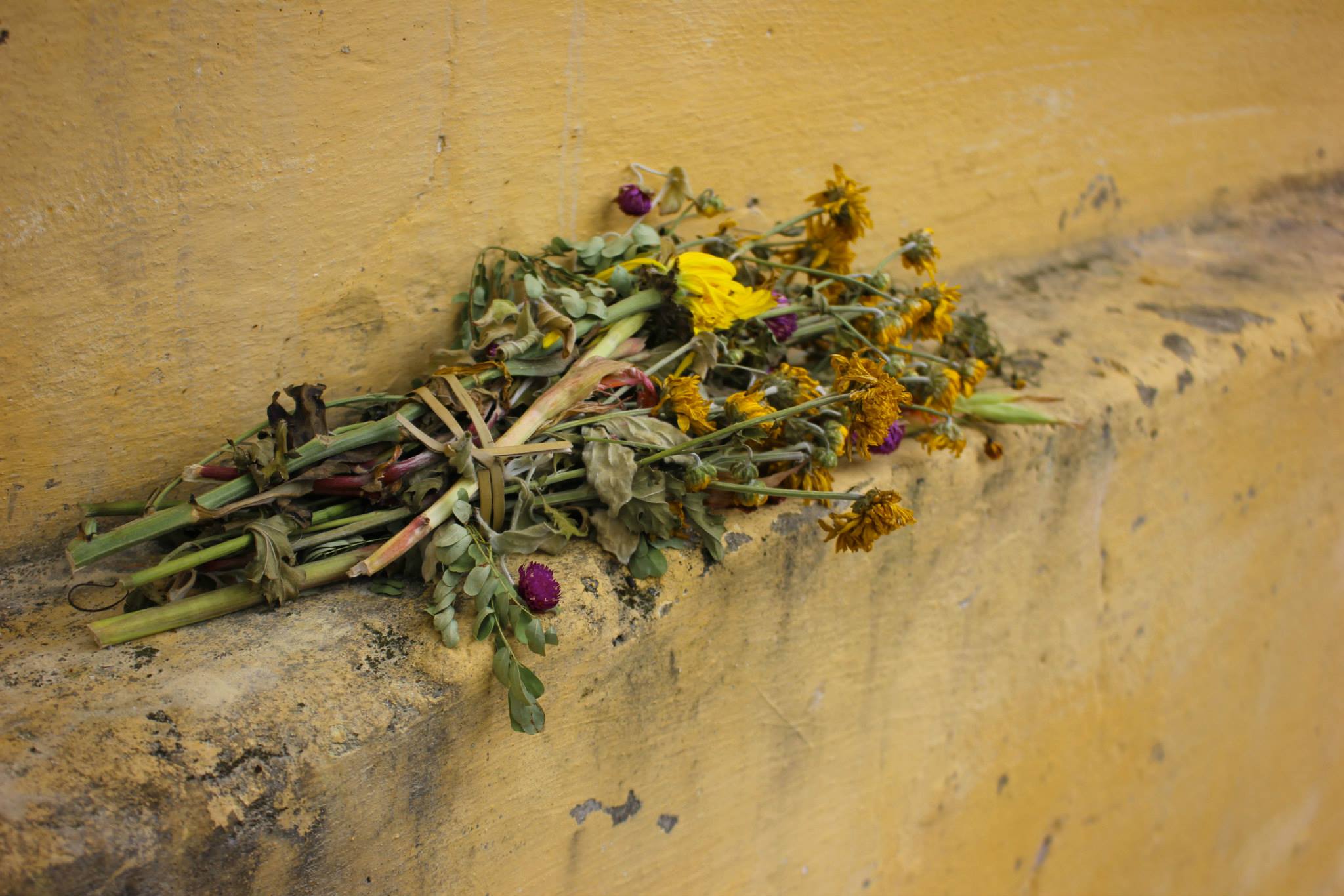As an aspiring media professional taking this course I know that it is highly critical to be constantly engaging with media sources outside of the classroom and in almost all facets of our day to day lives. I’ve always been very intrigued by debates surfacing from contemporary political, economic and social-justice issues (especially if they are controversial), which is what pushed me to study Media in the first place. But, what I haven’t always been so good at is widening the scope of mediums that I engage with and practice myself. To become fluent in creating diverse media sources to effectively and creatively articulate my ideas, I need to more actively consume media in the broadest sense possible.
One thing that I have been trying do a lot more of lately is watch documentaries (as this is the field in which my interests and ambitions do lie) to familiarise myself with filmmakers that I like, the styles and techniques that they employ and what effects these have. These observations are so invaluable to my own cultivating of skills as I not only practice media making in class but as I begin to explore potential workplace opportunities as well as beginning to initiative a portfolio. I want to constantly grow as a media maker and build upon and refine my skills exponentially.
I’ve watched a few documentaries quite recently that, when I compared with one another, really helped me to realise:
the caliber of filmmaking that I want to one day be replicating in my own work;
the style of filmmaking that, to me, is the most effective in driving the content forward;
the cinematic elements that set aside a film as being more impressive;
the texture that is required in a documentary; and
that creative licence is required in documentary far more than what we think.
I have written a lot about this before but what pushes me to pursue documentary filmmaking is the scope it gives us to bring to the masses issues in the contemporary world that we otherwise might not know that much about. It is my belief that the documentary form possesses the power to shorten the metaphorical distance between one corner of the globe to the next. Documentaries can , and often do, connect us with the experiences, heartbreaks and hardships of people and societies oceans apart.
Unfortunately because of the highly-strung urban society in which we all operate, the constant flow of information coming at us is all too easy to ignore. We have such a bulk of content available at our fingertips (apps, social media networks, news channels, radio, news papers etc). Yet, despite this, heavy environmental distractions mean that we can’t fixate our attention on these sources of information anyway and that we become desensitised and even more unaware. Sometimes it’s necessary to remove yourself from the fast-paced environment in which we usually engage with these mediums (ie. while driving in the car, making dinner etc) to consider the content in an isolated setting. Sitting down in a cinema or in your living room to watch a documentary provides such an opportunity.
I think where documentary fails is in its ability to engage the masses lies in some filmmakers’ perception of what documentary ought to be in limiting its construction to the stringing together of some interviews and not much else. Documentaries, in my view, depend on being driven by a narrative that chronicles some sort of plight to struggle alluding to one element of the human experience or another. And to give this narrative momentum (usually to convince the audience to take a particular position on an issue), a compelling and unpredictable structure and texture in material and technique is necessary. Not only this, I think a lot of filmmakers underestimate the need for aesthetic appeal to entice the audiences’ visual senses.
While documentaries are so heavily content driven, I think often important stories are neglected of something that has been presented in a more enticing and interest-provoking manner. Earlier this week I watched on Netflix “The Hunting Ground” which is about unprecedented levels of rape in American colleges and the schools’ failure to report and respond to the crimes appropriately. This is such an important issue, documentary being the ideal format to underscore the raw and painful emotion entangled into such a horrible trend. But because the documentary (I feel) was lacking in texture, variety or creativity, it’s unlikely to capture the attention of people not already interested in these sorts of topics. It is not enough for a story to be interesting or deemed newsworthy in its own right. The content needs to be edited together with an emphasis on cinematography, camera and editing techniques, sound effects etc just as much as any other story.
It is amazing what an impact leveraging these techniques can have on producing a far more effective and impassioned example of the documentary form, even if the subject matter isn’t nearly as provocative or dramatic. Evidence of this can be seen in the recent production “The First Monday in May”, which is about the putting together of the annual Met Gala in New York City. Purely from an aesthetic perspective, this film was incredible. It was clear that every camera angle and editing technique was selected with meticulous precision to really propel forward a story that, otherwise, wouldn’t have been nearly as thought-provoking.
It’s highly essential to takes these observations on board when creating my own work. I want to create vehicles for stories that are worth being told with the texture, creativity and imagination that is required to engage as many people as possible, which is why watching a variety of documentary is so important.
